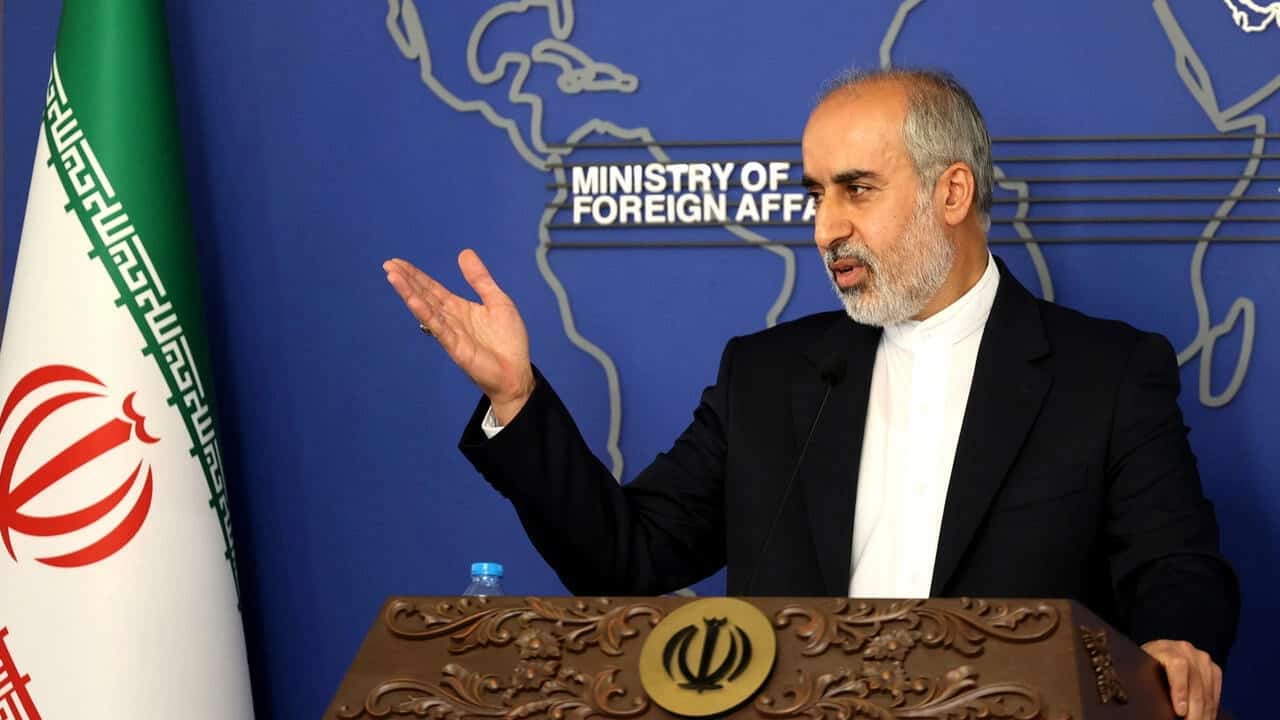The comment comes after EU foreign policy chief and coordinator of the nuclear talks between Iran and world powers, Josep Borrell, last Tuesday submitted a new draft text and urged the different sides of the negotiations to accept it or “risk a dangerous nuclear crisis”.
Negotiations in Vienna began in April 2021 to restore the deal, but have stalled since March amid differences between Tehran and Washington on several issues.
The two sides negotiated indirectly through the European Union coordinator in a bid to bring the US back into the deal and to lift sanctions on Iran, on the basis that Tehran would return to its nuclear commitments.
Qatar hosted indirect talks at the end of June between the United States and Iran in a bid to get the Vienna process back on track, but those discussions broke up after two days without any breakthrough.
Borrell said the draft text includes “hard-won compromises by all sides” and “addresses, in precise detail, the sanctions lifting as well as the nuclear steps needed to restore” the 2015 pact.
“The Iranian side has carefully reviewed the text and presented its views,” Kanani said. “It is possible that in the near future we can reach a conclusion regarding the timetable for the negotiations.”
Enrichment
“We will probably see a new round of negotiations,” Kanani added, but noted that “it depends entirely on the willingness of the other side, especially the American side.”
Washington “must show that it is ready for a reasonable, logical and lasting agreement”, he said.
The 2015 agreement gave Iran sanctions relief in exchange for curbs on its atomic program to guarantee that it could not develop a nuclear weapon something it has always denied seeking.
But the United States’ unilateral withdrawal from the accord in 2018 under then-president Donald Trump, and Washington’s reimposition of biting economic sanctions, prompted Iran to begin rolling back on its own commitments.
Iran has since increased the levels of uranium enrichment, reaching the level of 60 percent, far above the limit of 3.67 percent set in the deal.
On Monday evening, deputy head of Iran’s Atomic Energy Organization Behrouz Kamalvandi told state TV that the organization has started feeding gas into “hundreds” of new centrifuges, including the advanced IR-6.
The International Atomic Energy Agency “had already been notified of this action,” he added, without specifying at what percentage the enrichment will be.
The IAEA reported in July that Tehran had started “feeding… a cascade of… centrifuges” at a fuel enrichment plant.
The techniques facilitate the process and would make it easier for Iran to switch to a different level of enriching uranium.

